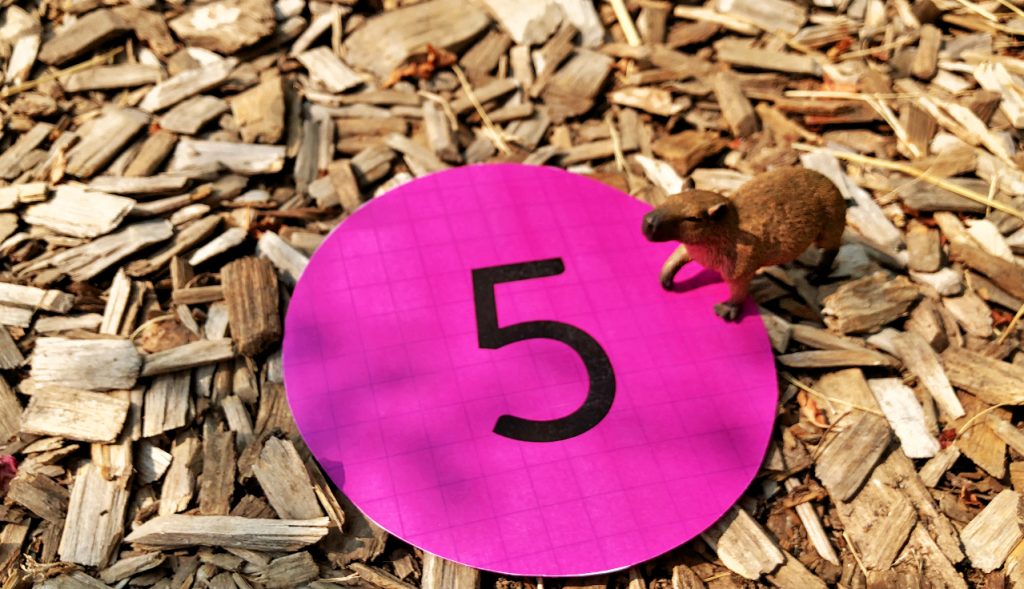
Rodents
Animal Characteristics
About 40 percent of mammalian species are rodents, and rodents are found on all continents except Antarctica. Find out more about these successful species.
Learning Objective: Describe the characteristics of species in Class Rodentia and identify rodents based on provided evidence.

Rodents are found in ground burrows, in trees, and some species like the beaver are semi-aquatic. Sizes range from small mice to the large capybara.
Rodents have continually growing incisor teeth that they use to gnaw food, dig tunnels, and defend themselves.
Most rodent species are small with short limbs and a long tail.
Wear a mask if there is a possibility of fecal materials that could be pulverized and become airborne. This is particularly a concern in regions with Hantavirus.
The largest rodent is the capybara of South America, they can weigh up to 140 pounds.
They are relatives of significantly smaller guinea pigs.
Although some rodents like the capybara and guinea pig eat leaves (grass blades) and beavers eat plant stems, most rodents eat seeds.
Squirrels and many other species stash seeds in reserve, sometimes utilizing smell and memory to retrieve cached food months later.
This is a space under a bird feeder in Bend Oregon, high in the Cascade Mountains.
How many species do you see?
It could be tempting to say the largest rodent was the parent of the smaller individuals, but these are two different species. The larger organism is a ground squirrel, the smaller individuals with stripes along the sides of their heads are chipmunks. These species both eat seeds and have similar burrows, resulting in frequent interspecific competition.
This is a ground bird feeder on the South Oregon Coast.
How many species do you see?
There is a squirrel, chipmunk, and rats. These rats are different than the Rattus norvegicus used as pets and lab animals, this is Rattus rattus. Rats have a different body shape, tail, and markings than the squirrels and chipmunks. They also eat a more omnivorous diet.
Another characteristic of rodent species is that they are typically highly social, which is why most pet rodents are best kept in pairs or small groups.
We’ll have an update on the rats in an upcoming module.
Rodent identification is based on indirect evidence like tracks and scat, and also direct evidence like observing the stripes on a chipmunk’s head. The next guide expands on using field marks to identify species.











